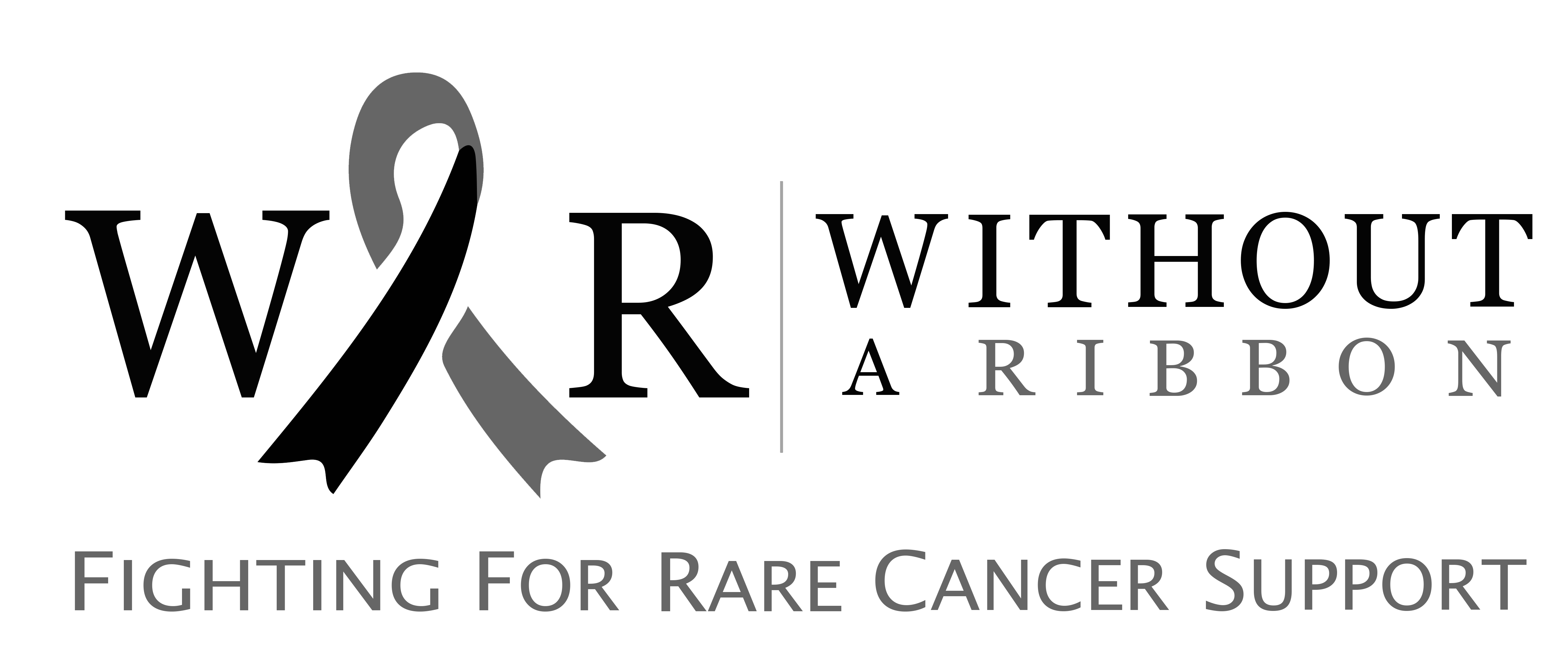What is Germ Cell Neoplasm with Somatic-Type Malignancy?
Germ Cell Neoplasm are a special group of cancers that begin in germ cells. These are the cells in the body that normally develop into sperm in men and eggs in women. Most of the time, germ cell tumours are found in the testicles of men and the ovaries of women, but they can sometimes appear in other areas of the body, such as the chest, abdomen, or brain.
In some unusual cases, another kind of cancer grows inside a germ cell tumour. This second cancer develops from ordinary body cells and behaves more aggressively. When this happens, it is called a germ cell neoplasm with somatic type malignancy.
In simple words, it is like two cancers growing together in the same place, one is the germ cell tumour, and the other is a different and often stronger cancer, such as a sarcoma or carcinoma.
Symptoms
This condition is quite rare and usually affects young or middle-aged adults. The way it shows itself depends on where the tumour develops. In men, the most common sign is a lump or swelling in the testicle. Sometimes this lump is painful, while in other cases it feels heavy or uncomfortable without much pain.
In women, if the tumour is in the ovary, it can cause belly pain, swelling, or a constant feeling of fullness. When the tumour appears in other areas of the body, the symptoms are related to pressure on nearby organs.
For example, a tumour in the chest can cause difficulty in breathing, while one in the abdomen may cause backache, constipation, or stomach discomfort. As the illness becomes more advanced, many people experience weight loss, loss of appetite, and general weakness.
Diagnosis
To identify this disease, imaging scans are first used to show the tumour. A biopsy is then done to take a piece of the growth and examine it under a microscope. What makes this condition unique is that the biopsy shows two different types of cancer within the same tumour, which makes it behave in a more complex way.
Treatment
Treatment often starts with surgery to remove the tumour. After that, chemotherapy is usually given to kill remaining cancer cells. However, the somatic-type malignancy part may not respond well to the usual medicines used for germ cell tumours. Because of this, treatment often needs to be adjusted and carefully planned.
Prognosis
The outlook depends on many factors, such as how early the tumour is discovered, how large it is, and what type of second cancer is growing inside it. Some people do well with treatment and live for many years, while others may face more challenges if the tumour spreads.
You can help us with your donation:
Without a Ribbon is a charity that works hard to aid those who suffer from rare cancers. You can help our cause in a variety of ways:

